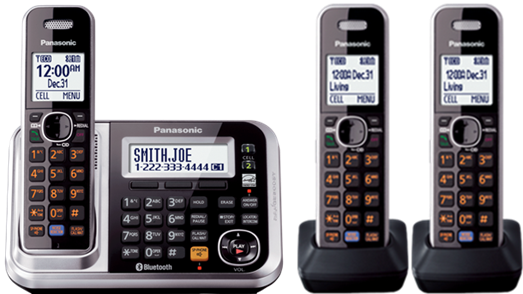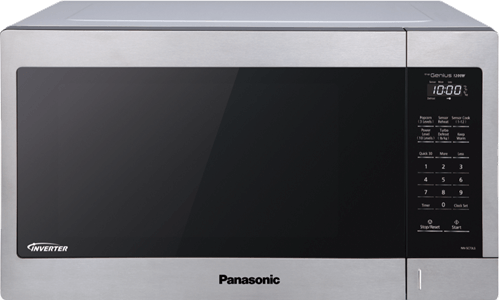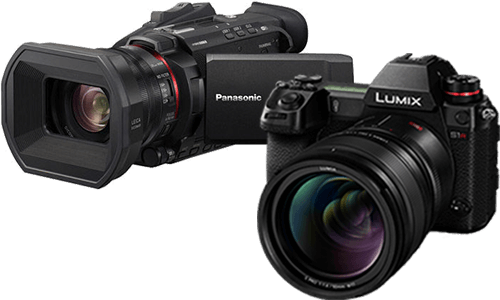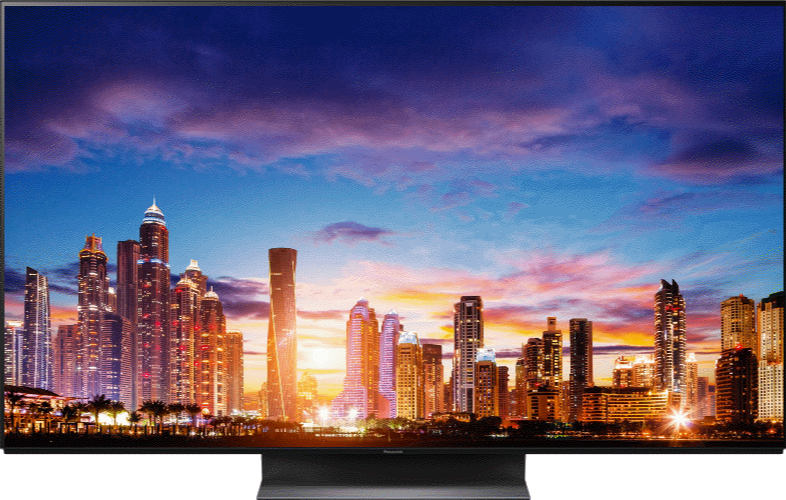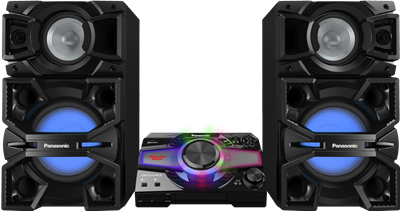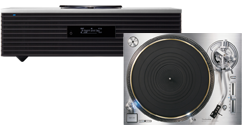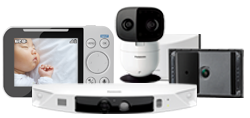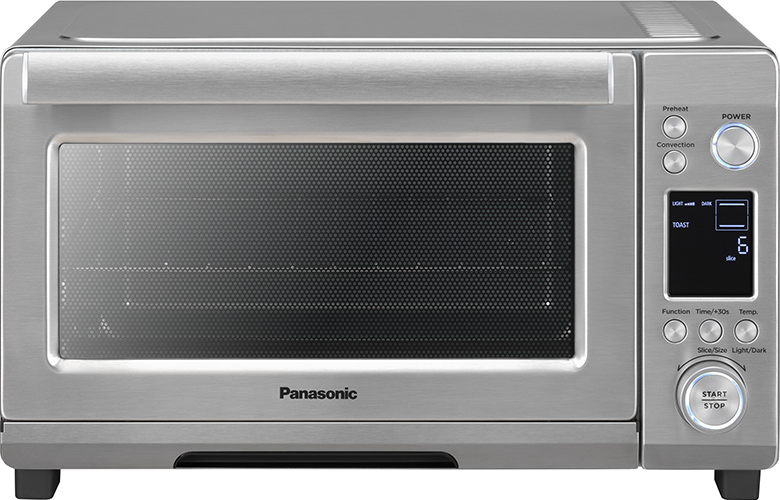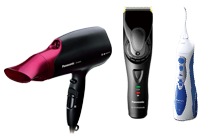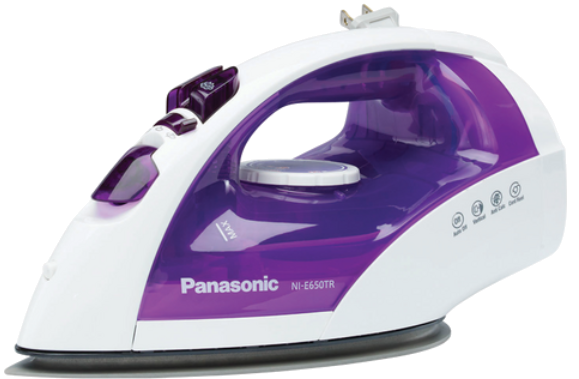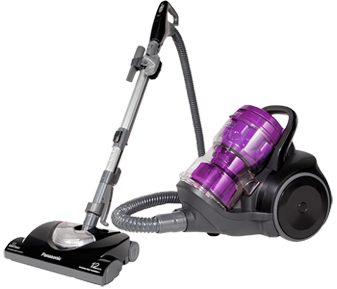The USB Drive or Its Contents Cannot Be Read
If you encounter an issue where a USB drive or its contents cannot be read by your device, it could be due to several reasons related to compatibility, formatting, or device limitations. Below are the possible causes and solutions to resolve the issue:
Possible Causes and Solutions
1. Unsupported File System
Cause: The USB drive may be formatted in an unsupported file system.
Solution: Ensure the USB drive is formatted to FAT16 or FAT32 , as these are the most commonly supported formats. Reformat the drive if necessary, but back up your data first to avoid data loss.
2. Unsupported File Types
Cause: The files on the USB drive may be in a format not supported by the unit.
Solution: Check the "Notes on USB Devices" section in the Operating Manual for a list of supported file types (e.g., MP3, WMA). Convert unsupported files to a compatible format using appropriate software.
3. Drive Capacity Limitations
Cause: The USB drive's storage capacity may exceed the unit's maximum supported limit.
Solution: Use a USB drive with a capacity within the limits specified in the manual (e.g., up to 32GB for many devices). Larger drives may not be recognized.
4. USB Drive Compatibility
Cause: Some USB drives may not be compatible with the unit due to hardware or firmware differences.
Solution: Use a different USB drive that is known to be compatible with the device. Refer to the manufacturer's recommendations for compatible models.
5. Corrupted USB Drive
Cause: The USB drive may be corrupted or contain damaged files.
Solution: Connect the USB drive to a computer and check for errors. Use the computer's disk management tools to repair the drive if needed.
6. Improper Connection
Cause: The USB drive may not be properly inserted into the port, or the port may be obstructed.
Solution: Ensure the USB drive is fully inserted into the USB port. Inspect the port for dirt or debris and clean it gently if necessary.
7. Power Supply Issues
Cause: The USB drive may require more power than the unit can provide.
Solution: Use a USB drive with low power requirements. If the drive has an external power supply option, connect it to ensure sufficient power.
8. Device Firmware
Cause: Outdated firmware on the unit may prevent it from reading certain USB drives or files.
Solution: Check if a firmware update is available for your device on our Global Support Site and install it to improve compatibility.
9. Multiple Partitions
Cause: USB drives with multiple partitions may not be properly recognized by the device.
Solution: Reformat the drive to have a single partition. Use a partitioning tool to ensure the drive is configured correctly.
Additional Tips
- Always safely eject the USB drive from your computer to avoid corruption.
- Avoid using USB hubs or extenders, as they may affect connectivity and power delivery.
- For best results, use USB drives with simple file structures and avoid excessive subfolders or deeply nested files.
By following these steps, you can troubleshoot and resolve issues with USB drive recognition and ensure a smooth experience with your device.
Note: This article focuses on Technics models SA-C100 and SA-C600. However, the information provided is applicable to similar products within the Technics range.

